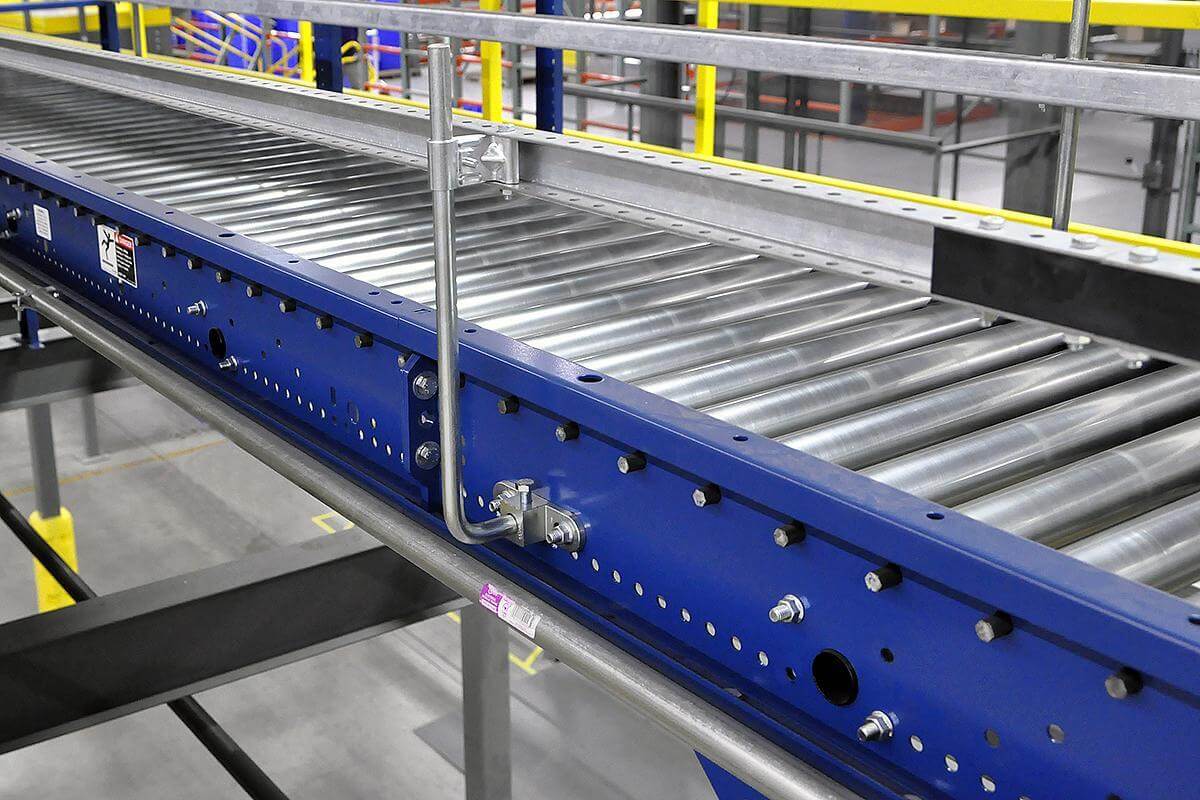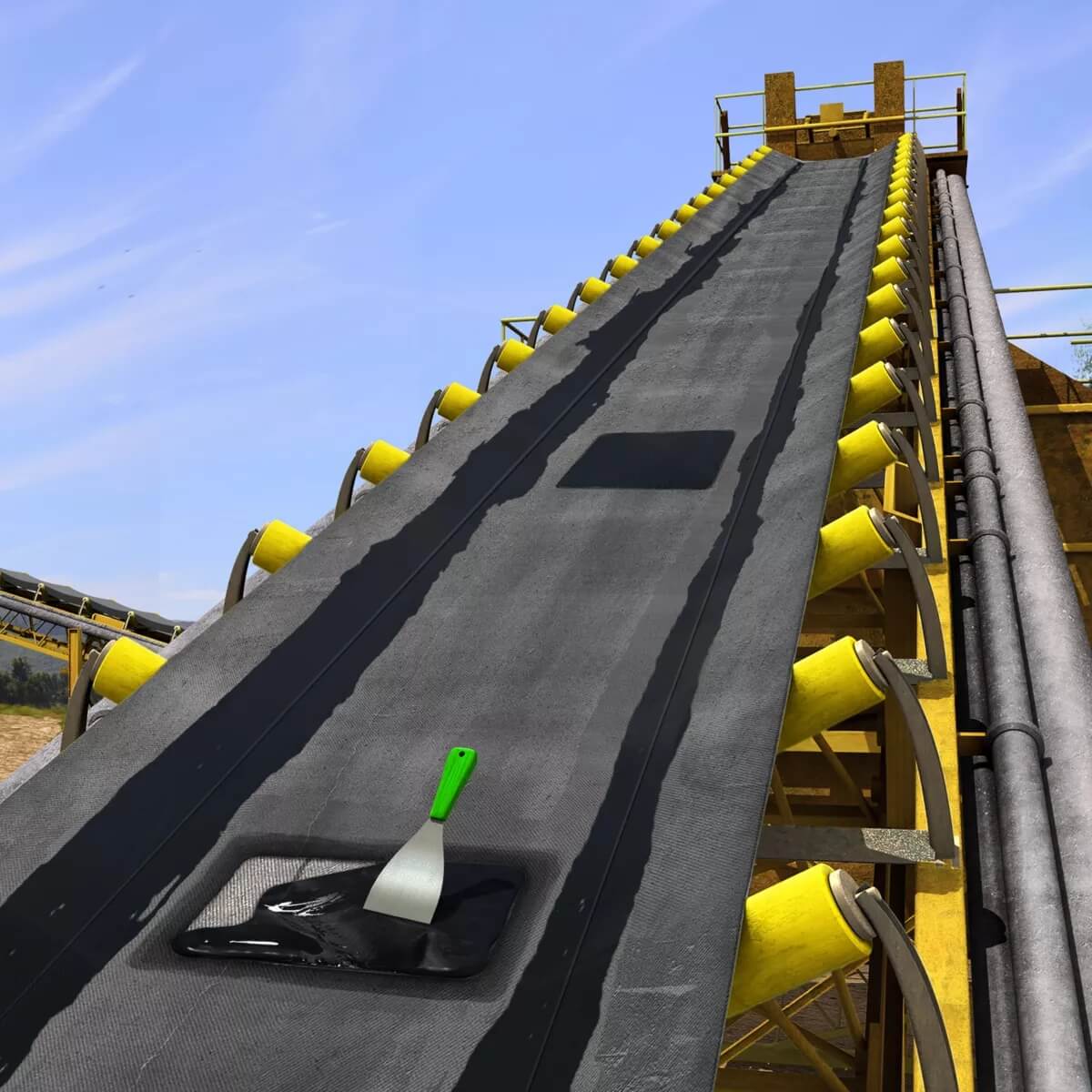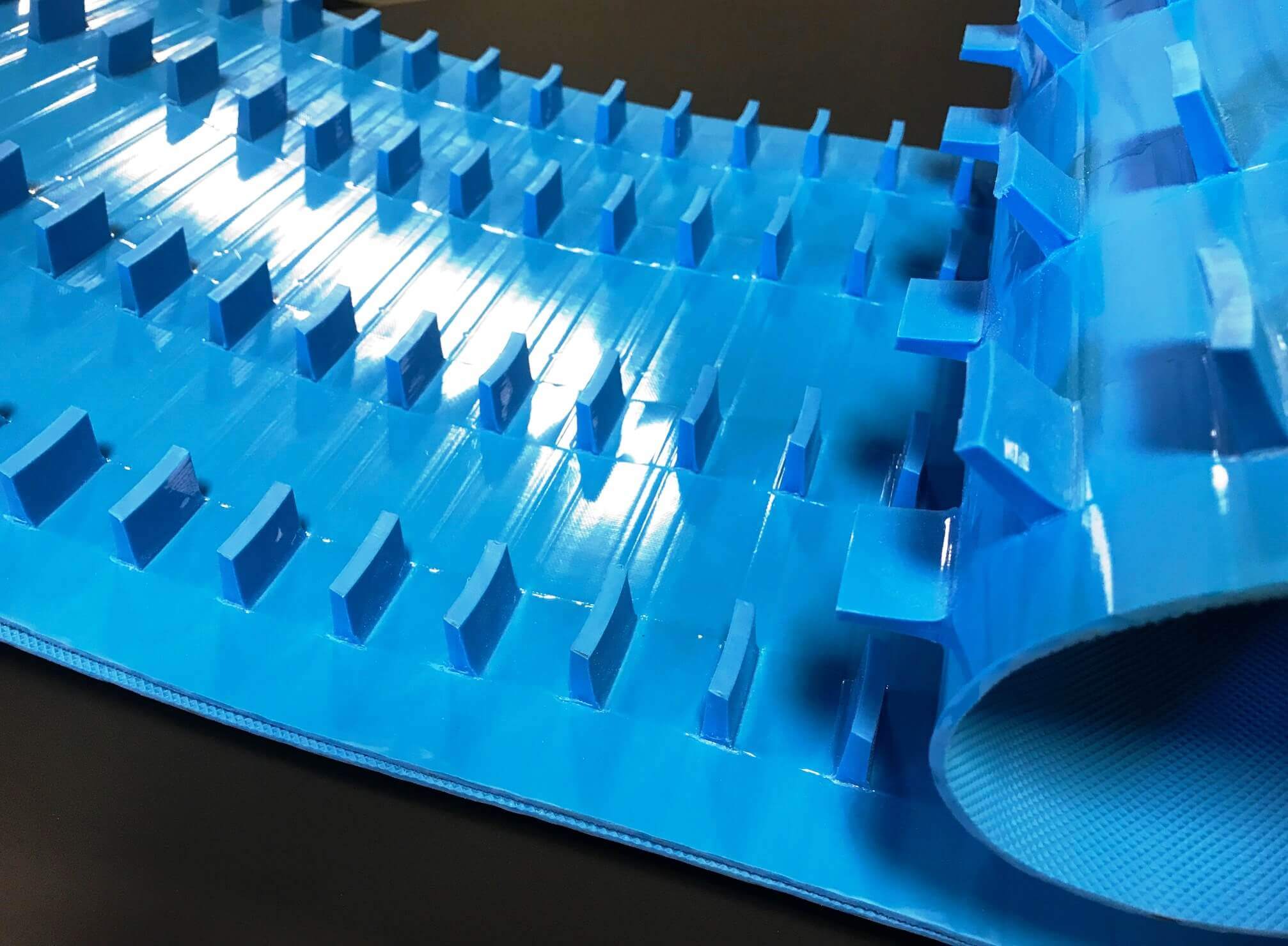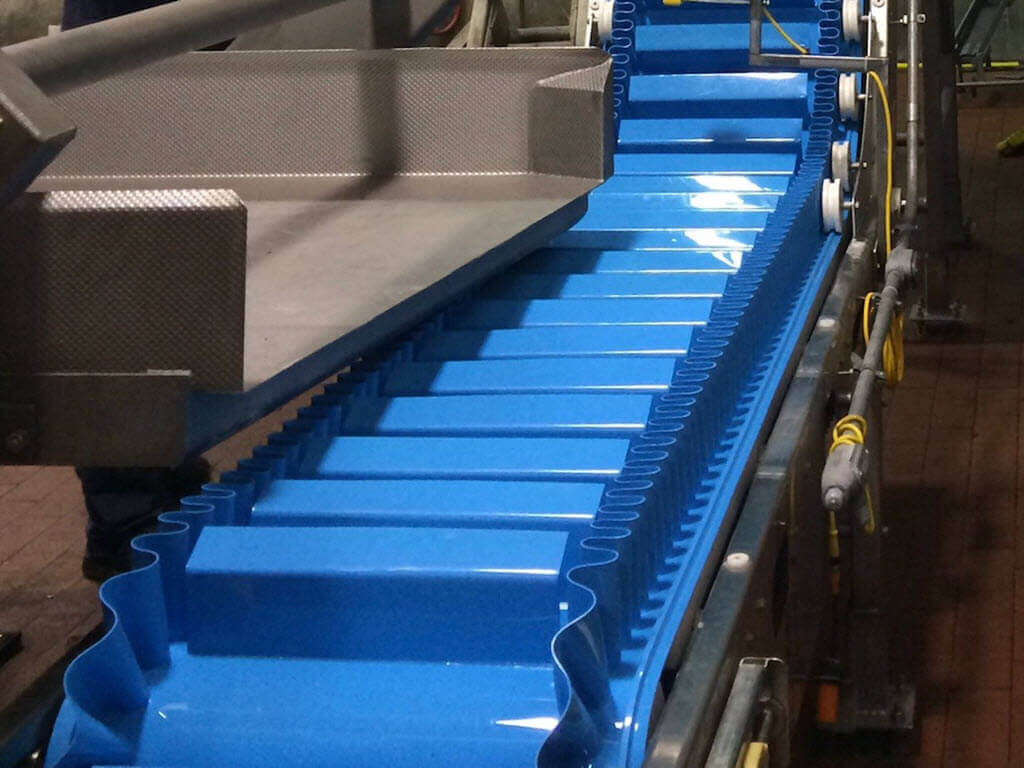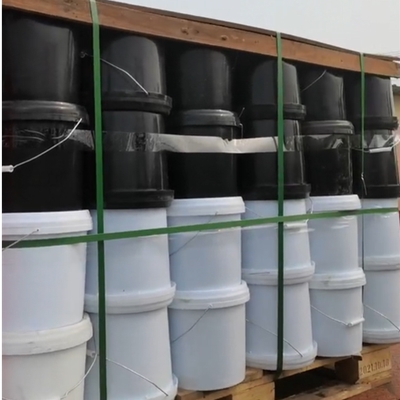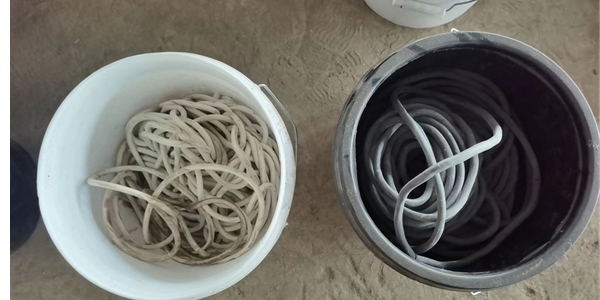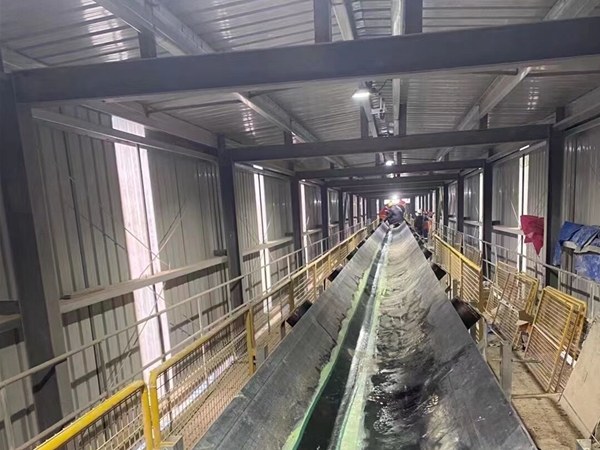The process of splicing a conveyor belt is used to repair it if it is damaged or fallen apart. In the production environment of manufacturing, construction sites, or mining operations, broken conveyor belts may cause workers to rely on their output and a large number of shutdowns, production reductions and economic losses may increase rapidly. Conveyor belts come in many types of materials, so splicing technology provides an efficient way of putting durable splices together, and many belts can only be repaired by splicing.
A conveyor belt splicing method recommends a method called mechanical splicing. It uses several types of metal fasteners. It is a fast and universal method. Use in dirty and restricted environments, such as mining operations. These fasteners for splicing belts use row connection grips and are preferred for on-site conveyor belt repair.
Conveyor belt splicing is relatively simple and inexpensive, and they are suitable for perforating and tearing. Because the fasteners are hinged and detachable, they can be quickly disassembled and replaced without removing the belt from the supporting system, which greatly shortens the splicing task time.
1. Only use the materials provided by the manufacturer
A conveyor belt splicing method called mechanical splicing, using several types of metal fasteners, is a quick and versatile method for use in dirty and restricted environments, such as mining operations. These fasteners for splicing belts use row connection grips and are preferred for on-site conveyor belt repair. They are relatively cheap, suitable for perforation and tearing, and only require basic mechanical capabilities and skills to be used for conveyor belt splicing.
The hinges connect the fasteners and separate, they can be quickly removed and replaced without disassembling the belt support system. Conveyor leather, and the thickness of the thickness and the diameter of the pulley will determine which buckle to use Conveyor belt splicing. Regardless of the type, start with a straight edge and square at the end. Be careful not to bury the fastener too deep. This can help prevent the splicing edge from being damaged or causing too much wear to the hinge pin. Since fasteners may need to be replaced at a later date, good installation practices will prevent tracking issues and help avoid further downtime and possible employee injury and equipment damage.
2. Greatly shorten the splicing task time
Some thermoplastic conveyor belts cannot use metal fasteners, but are fixed with plastic rivets. These rivets are installed with a rotatable portable machine. There are also plastic spirals in a mesh material that is vulcanized to the end spliced conveyor belt. Skilled and experienced vulcanization craftsmen must install these.
Some conveyor belts must be spliced using hot vulcanization, hot pressing or cold vulcanization, and chemical substances are used to bond the materials together for seamless repair. Good conveyor belt connection technology requires special conditions when vulcanizing or melting thermoplastic joints, such as a clean, dust-free, temperature and humidity controlled environment. In this case, the conveyor belt splicing technicians are engineers who are technically experienced and carry out conveyor belt repairs according to the manufacturer’s specifications, using only the materials provided by the manufacturer.
Vulcanization provides a leak-proof joint. There is absolutely no interference or friction on the joint and wear on the support system. Although this is a more expensive repair, this conveyor belt joint usually lasts longer. Another type of conveyor belt splicing recommended by the manufacturer and installed by employees trained by the manufacturer is the prefabricated splicing mat technology performed on certain steel conveyor belts. The splicing of preforms is more cost-effective and has been tested to be 11% stronger than typical vulcanized joints and 16% to 25% faster than typical vulcanization procedures.

